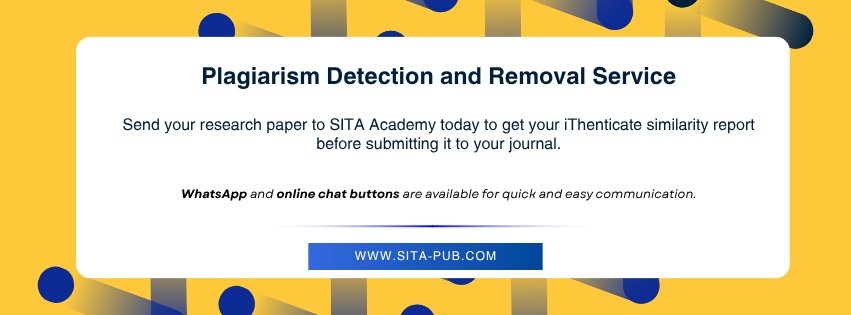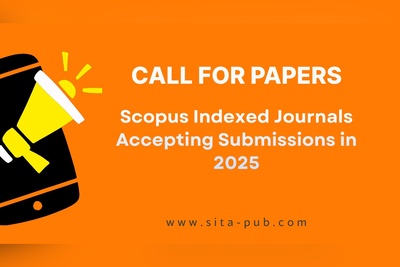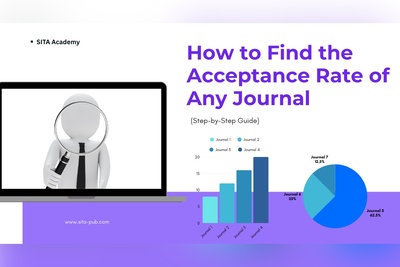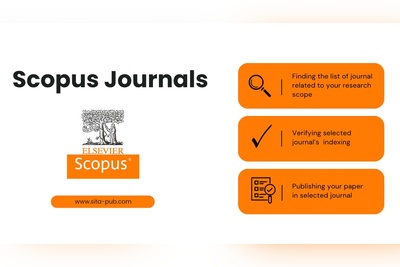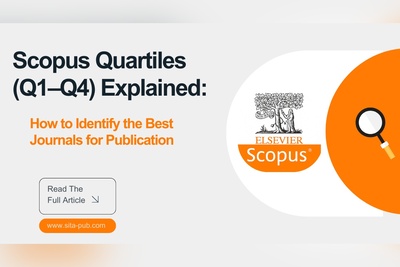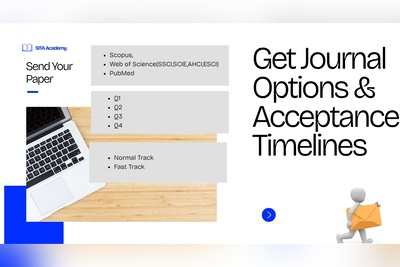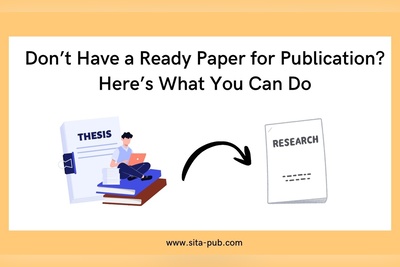iThenticate Plagiarism Detection and Removal Service for Researchers
Ensure your research paper is original with our iThenticate plagiarism detection and removal services. Get professional paraphrasing, low similarity scores, and journal-ready formatting for Scopus, SSCI, and WOS submissions.
- What is iThenticate?
- Why Journals and Publishers Use iThenticate
- How to Get an iThenticate Plagiarism Report
- Why Checking Plagiarism Percentage is Important
- What is the Acceptable Similarity Percentage?
- How to Remove Plagiarism and Achieve 0% Similarity
- Plagiarism Detection and Removal Service for Researchers
- Tips for Researchers to Reduce Plagiarism Before Submission
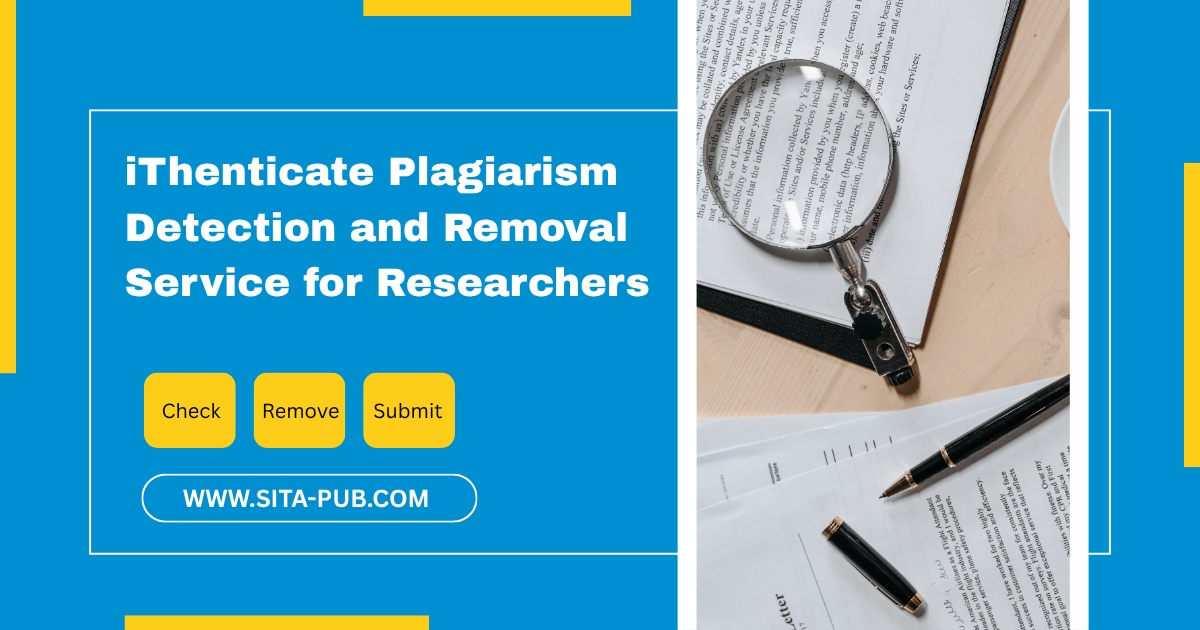
Plagiarism is one of the most critical challenges facing researchers today. With the rise of international publications and the increasing emphasis on academic integrity, journals, universities, and research institutions have become extremely strict about originality. Even unintentional plagiarism can result in paper rejection, reputational damage, or severe academic penalties. To ensure that your work meets the highest standards of originality, researchers rely on iThenticate, the industry-leading plagiarism detection tool.
In this article, we will explore iThenticate, explain why journals use it, guide you on obtaining a plagiarism report, discuss acceptable similarity percentages, explain why checking plagiarism is important, and show how SITA Academy helps researchers reduce plagiarism to the lowest possible percentage while preparing papers for submission.
What is iThenticate?
iThenticate is a professional plagiarism detection software widely used by publishers, academic journals, universities, and research institutions worldwide. Unlike free online plagiarism checkers, iThenticate is designed specifically for academic and professional research. It compares your research paper, thesis, or dissertation against millions of published articles, academic journals, conference papers, and web content to detect potential duplication.
iThenticate is used by leading publishers such as Elsevier, Springer, Wiley, Taylor & Francis, and thousands of universities and journals indexed in Scopus, Web of Science, SSCI, SCIE, and AHCI. Its comprehensive database ensures that even subtle overlaps with existing literature are detected, making it an essential tool for researchers who want to maintain credibility and avoid rejection.
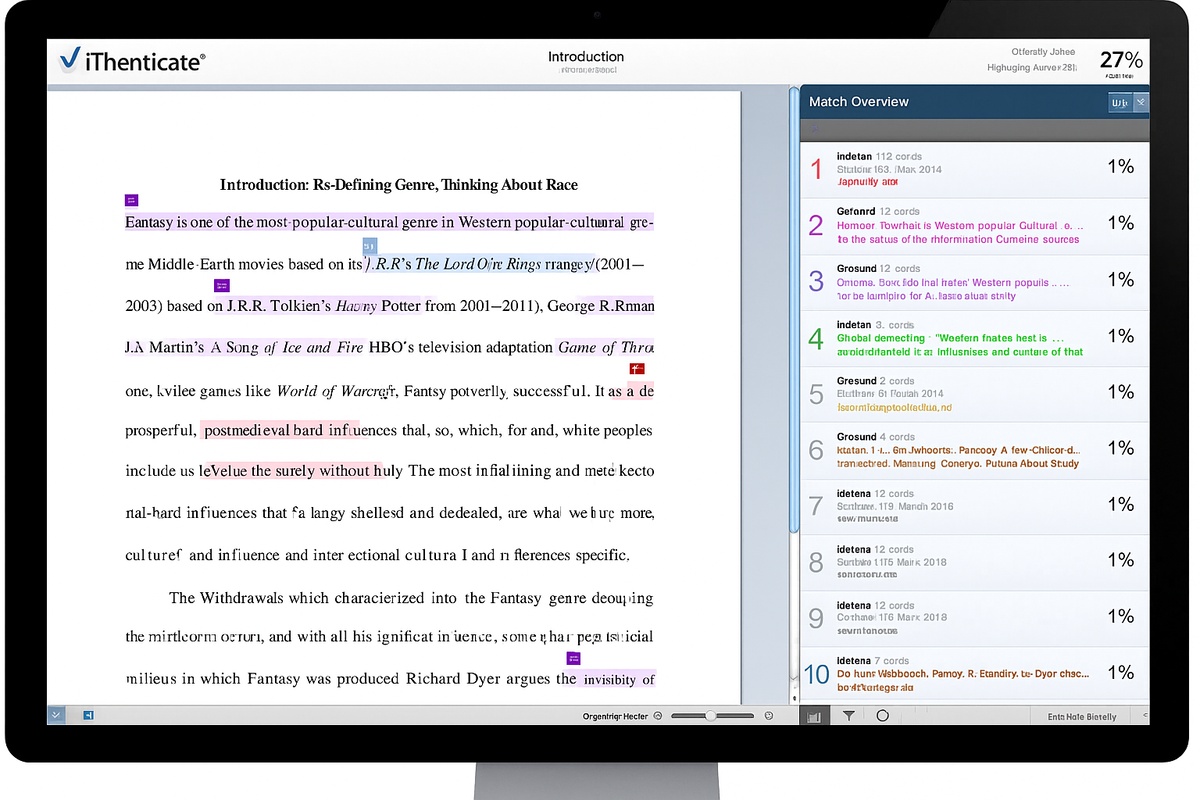
Why Journals and Publishers Use iThenticate
Academic journals and publishers rely on iThenticate for several reasons:
Maintain Originality – Journals want to ensure that submitted manuscripts are original and not copied from existing publications. Even minor overlaps in key sections can raise concerns about the integrity of the work.
Avoid Legal and Ethical Issues – Plagiarism can lead to copyright violations, legal disputes, and even paper retractions, which can damage both the author’s and the journal’s reputation.
Protect Journal Reputation – Publishing plagiarized content reflects poorly on the journal, potentially harming its credibility and ranking.
Streamline Peer Review – Detecting duplication before peer review saves reviewers’ time and helps journals focus on the content and quality of research rather than originality issues.
Ensure Compliance with Guidelines – Many journals explicitly require authors to provide a plagiarism report before submission to comply with their publishing policies.
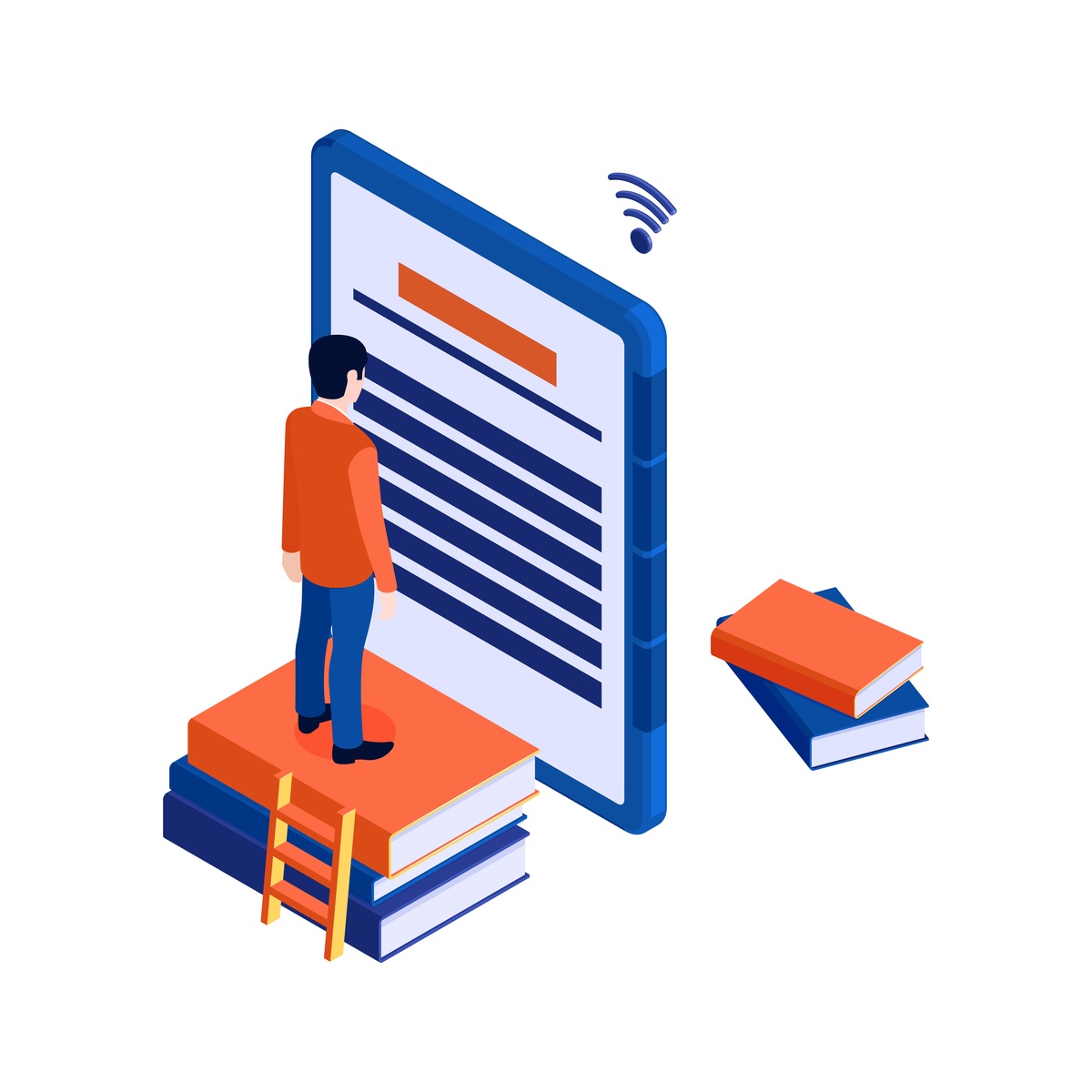
If your paper contains a high similarity index, it is often automatically rejected, regardless of the quality or novelty of your research. Therefore, using iThenticate before submission can save you both time and effort while increasing your chances of acceptance.
How to Get an iThenticate Plagiarism Report
Checking your research paper for plagiarism before submission is a crucial step in the publishing process. At SITA Academy, we make this process simple and convenient for researchers worldwide.
Here is how it works:
Send Your Paper – You provide your research paper, thesis, or dissertation in Word or PDF format.
We Run iThenticate – Our professional team submits your document to iThenticate to generate a detailed plagiarism detection report.
Receive Your Report – You will receive a comprehensive report highlighting all similar sections, the sources of duplication, and the overall similarity percentage.
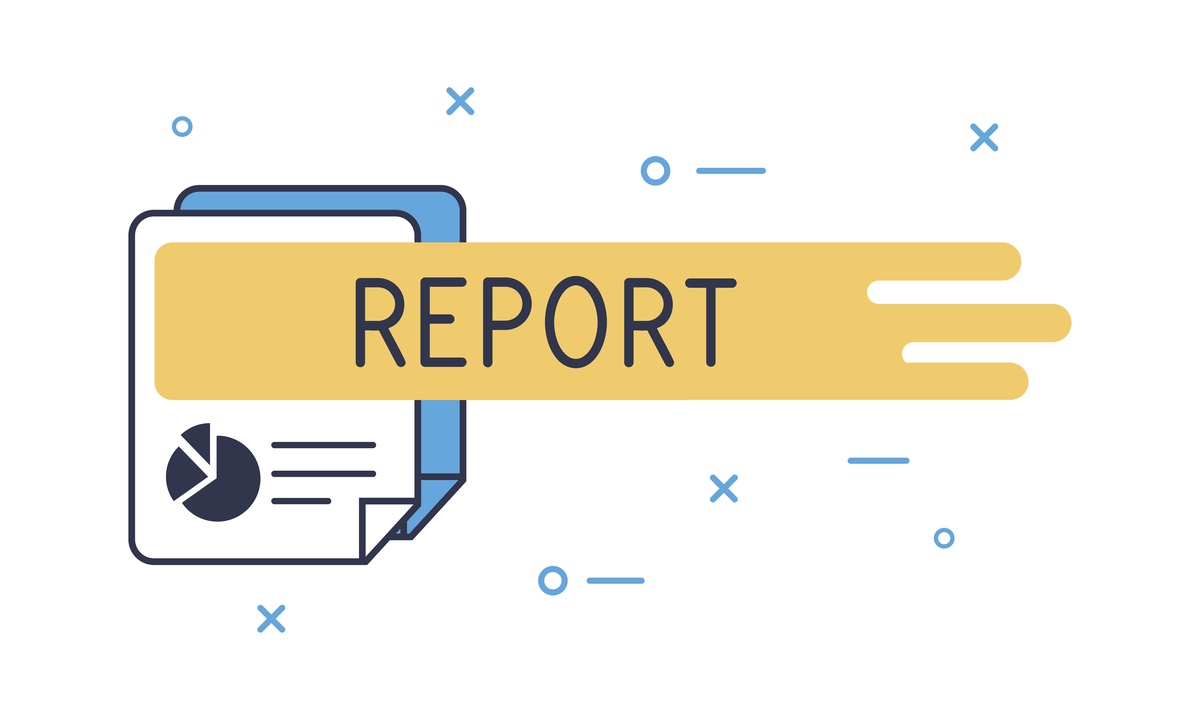
Obtaining this report allows you to identify problematic areas and make corrections before submission, significantly reducing the risk of rejection.
Why Checking Plagiarism Percentage is Important
Many researchers underestimate the importance of checking their similarity index. Here are several reasons why it is critical:
Avoid Journal Rejection – Journals often reject manuscripts with high similarity scores, even if the overlap is unintentional.
Maintain Academic Integrity – Ethical research requires proper citation and original writing. Using unoriginal content can damage your credibility and violate academic standards.
Increase Acceptance Chances – Journals prefer papers with low similarity scores as they demonstrate diligence, professionalism, and originality.
Prevent Future Problems – Even after publication, a paper with high similarity may be retracted or corrected, affecting your academic record.
Improve Your Writing – Identifying areas of similarity helps you refine your writing, paraphrase effectively, and strengthen your arguments.
Ignoring plagiarism can cost months of effort and affect your academic career, especially if you aim for journals indexed in Scopus, SSCI, or WOS.
What is the Acceptable Similarity Percentage?
While exact thresholds vary depending on the journal and field, general guidelines include:
0–15% – Considered safe for most journals. Overlaps in references, commonly used phrases, and technical terms are usually excluded.
15–25% – Requires careful review. High similarity in sections like the introduction or literature review should be paraphrased.
Above 25% – High risk of rejection. Substantial rewriting and paraphrasing are necessary before submission.
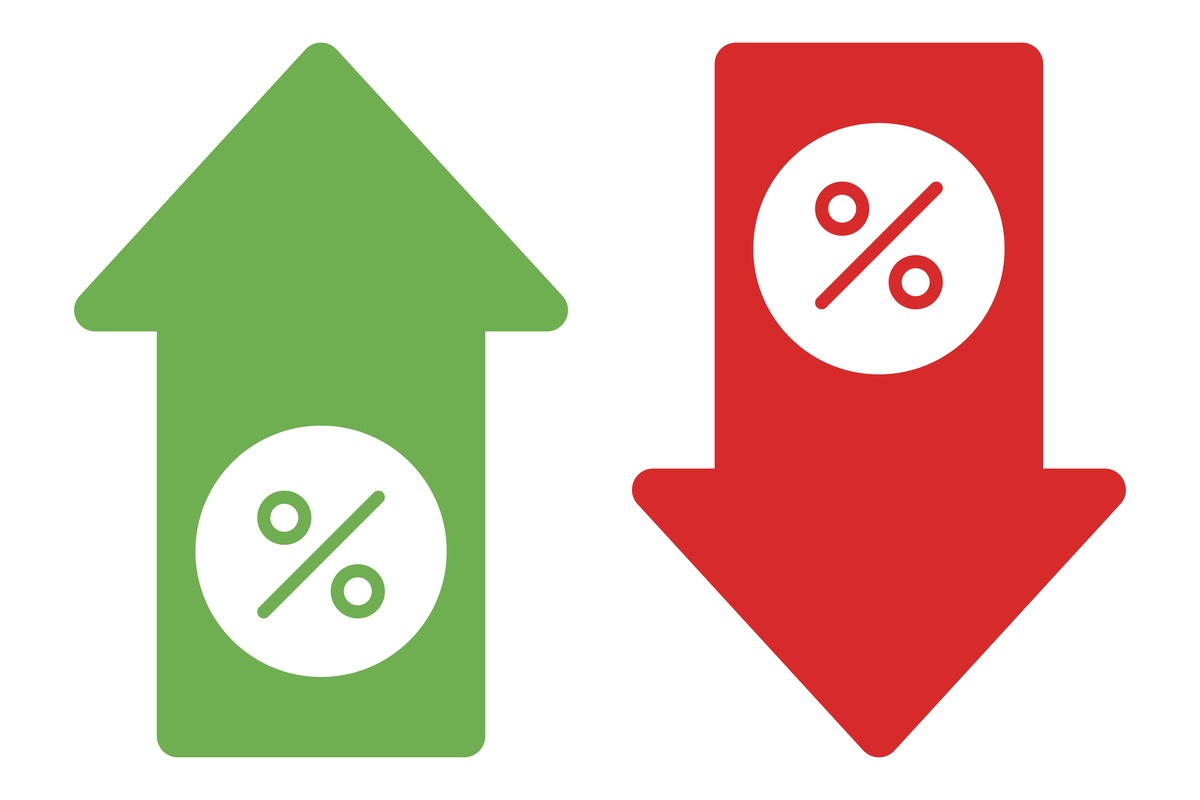
It is important to note that even small overlaps in critical sections can cause problems. Ensuring your paper meets the required standards is essential for a successful submission.
How to Remove Plagiarism and Achieve 0% Similarity
Reducing plagiarism involves more than just deleting sentences. It requires careful revision, proper citation, and professional paraphrasing. At SITA Academy, we help researchers achieve the lowest possible similarity index with the following steps:
Identify Problematic Sections – Using the iThenticate report, we pinpoint areas with high similarity.
Professional Paraphrasing – Our expert editors rewrite content while preserving the original meaning. This ensures clarity and originality.
Correct Citation and References – We check that all sources are properly cited and formatted according to journal guidelines.
Re-Check Similarity – After editing, the paper is submitted again to iThenticate to confirm the lowest achievable similarity percentage.
This process allows researchers to submit papers confidently, knowing that their work meets journal standards and minimizes the risk of rejection.
Plagiarism Detection and Removal Service for Researchers
We specializes in providing plagiarism detection and removal services for researchers, thesis writers, and non-native English authors. Our services include:
iThenticate Plagiarism Report – Accurate detection of similar content in your manuscript.
Plagiarism Reduction and Paraphrasing – Expert rewriting to reduce similarity while maintaining the integrity of your work.
Editing and Formatting – Align your paper with journal or university guidelines.
Journal Submission Support – Assistance in selecting suitable journals and maximizing acceptance chances.
By combining iThenticate detection with professional paraphrasing, we help researchers save time, avoid rejection, and publish confidently in Scopus, SSCI, and WOS-indexed journals.
Tips for Researchers to Reduce Plagiarism Before Submission
Even before sending your paper to a professional service, there are steps you can take to minimize plagiarism:
Understand Plagiarism – Be aware of what constitutes plagiarism, including unintentional similarities and improper citations.
Paraphrase Carefully – Rewrite ideas in your own words while preserving meaning. Avoid copying sentences from sources.
Cite All Sources – Ensure every idea, data point, or quote from other research is correctly cited.
Use Multiple References – Summarize and synthesize information from multiple sources instead of relying on one.
Review Your Draft – Before submission, read through your paper critically and identify areas that may require rewriting.

By combining these practices with iThenticate and professional editing, you maximize the originality and quality of your submission.
Conclusion
Plagiarism detection is no longer optional in academic publishing. Journals, universities, and publishers are increasingly vigilant, and even minor overlaps can lead to rejection. Tools like iThenticate allow researchers to check their work and ensure it meets global standards of originality.
Verified Contact Channels
If you have any questions, inquiries, or would like to learn more about our services, please don't hesitate to reach out to us. Our dedicated team is ready to assist you.
